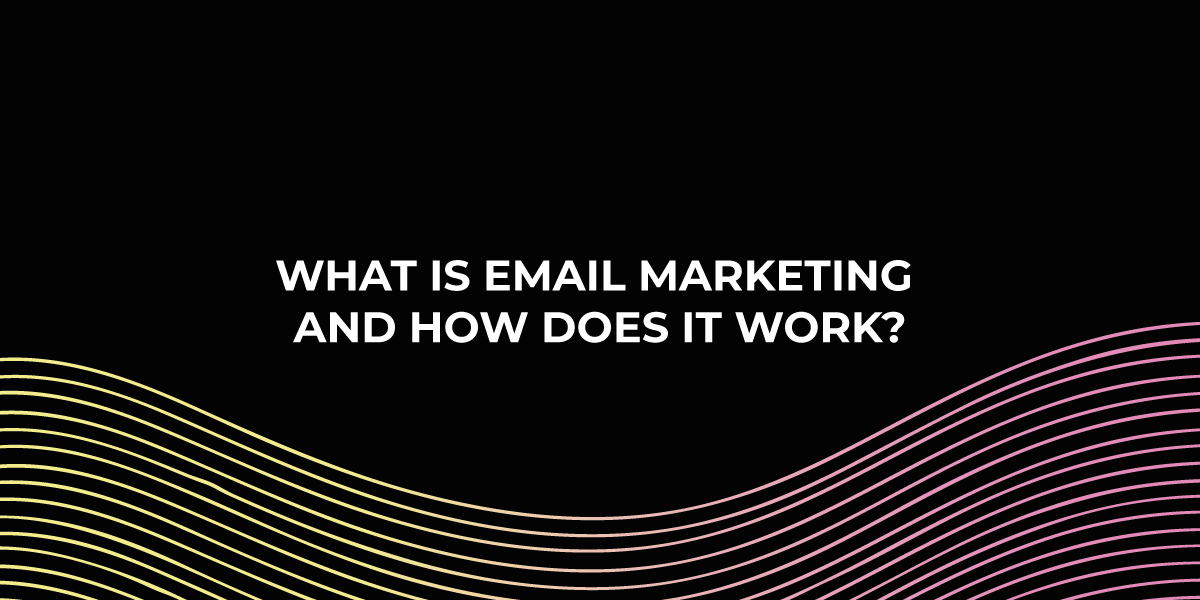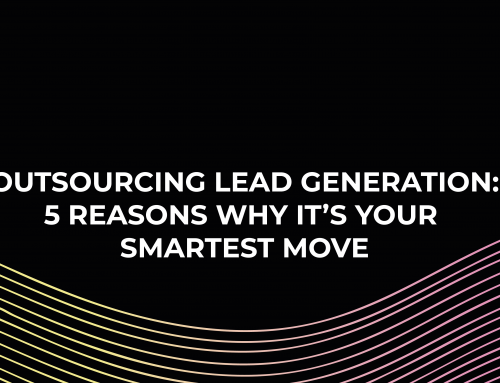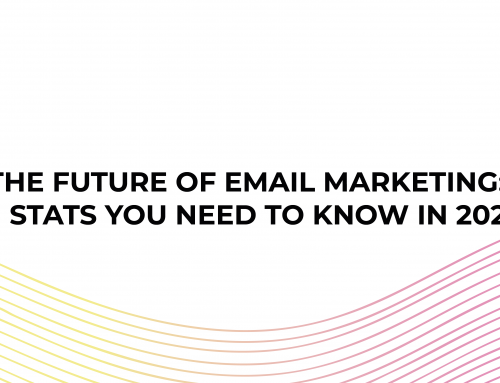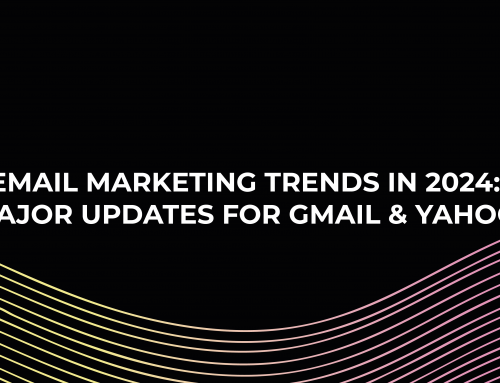Email may be one of the oldest forms of digital communication, but it continues to be the most popular.
Yes, there are newer ways to communicate with your audience and customers. Methods of communication include social media, live chat, and a variety of others. On the other hand, email is the king of marketing channels, with a user base of over 4 billion people.
What is email marketing?
Email marketing refers to any marketing technique that involves delivering commercial emails to a list of consumers or prospects. Technically, email marketing also includes one-on-one contact, such as messages sent to respond to a particular client inquiry. Companies must discover efficient and cost-effective ways to build ties with their consumers via digital platforms.
A typical marketing email will consist of the following elements:
The subject line — The subject line is your customer’s initial point of contact in their inbox. While views differ from expert to expert, Marketo research suggests that 41-character or seven-word subject lines are excellent for email marketing.
The greeting — You have the option of using a visual or one-size-fits-all wording that is not tailored for each client. For example, in the event of corporate news, a general welcome for everyone might be appropriate. Marketing automation also allows you to welcome each consumer by name, which adds a personal touch that improves conversion rates.
The content — There is no set structure to follow when developing email marketing content. You can change the text and pictures, add charts and GIFs, and even embed videos.
The CTA — A CTA, or Call to Action, connects your marketing email to a revenue-generating action. For example, an established customer may be prompted to return to their shopping cart, you may request a new lead to subscribe, and a client who has “fallen off” may be alerted of the most recent deals and items.
The unsubscribe button — This is a critical email marketing best practice that should be followed. Companies often get client email IDs by buying email lists. While communication is essential, customers should always have the option to opt-out. This builds trust in your brand and creates openness.
When Should You Use Email Marketing?
You may use email marketing in a variety of ways, the most popular of which is to:
Build relationships: Build connections by engaging in tailored activities.
Increase brand awareness: Keep your firm and its services at the forefront of your prospects’ minds until they are ready to interact.
Promote your content: Share relevant blog articles or valuable assets with your prospects through email to promote your content.
Generate leads: by enticing subscribers to share their personal information in return for a valued item.
Promote your products: Promote your company’s goods and services.
Nurture leads: Provide your consumers with material to help them achieve their objectives.
What Is the Process of Email Marketing?
Email Service Providers (ESPs) deliver and handle email marketing campaigns.
Email marketing software is also known as an email marketing platform, email marketing tool, email marketing service, or email marketing software.
You may be asking, “Can’t I simply use my usual mailbox provider to send marketing emails?” Is it essential for me to pay for this extra email service?
It is technically doable. But be cautious. You’re likely to encounter issues with email bandwidth, design, and, most critically, email deliverability. This is why:
Internet Service Providers (ISPs) such as Gmail, Outlook, Yahoo, and others are intended for personal use, not email blasts. As a result, when an ISP sends bulk email, it is readily recognised by spam filters, and your account may be suspended for suspicious conduct.
ESPs, on the other hand, have the infrastructure in place to assure email deliverability – the ability for emails to arrive in inboxes. Get a specialist email marketing solution if you want to get off on the right foot with email marketing.
How to Build an Email Marketing List
How do you start building an email list of individuals to send emails to as part of your internet marketing efforts? There are many approaches, all of which revolve around providing excellent customer service while adhering to marketing best practices.
Do not purchase email lists. Many email marketing providers have a stringent, permission-based policy, which implies that delivering to bought lists is banned when it comes to email addresses. Instead, use lead magnets to get them to opt in to receive communications from you. You might give your consumers a discount on their first buy if they sign up for your email list using a custom registration form. Perhaps you can offer new subscribers free delivery on their next purchase or allow them to win a reward when they join your list. Here are some more pointers to help you develop an email list.
Keep in mind the national (and international) email rules. When sending automated emails, make sure to follow any legal requirements and applicable laws in your area, such as the CAN-SPAM Act in the United States, the Canadian Anti-Spam Law (CASL), or the General Data Protection Regulation (GDPR) in the European Union for the treatment of personal information. The rules depend on your area as well as the location of your subscribers, and you must understand which laws apply to you. Here’s additional information on how to evade email spam filters.
Use email to communicate with your customers. Email is an excellent marketing tool, but it may also benefit your company in other ways. Consider taking a break from your standard marketing content to send out surveys, express your gratitude to clients when they purchase from you, follow up on an abandoned cart, or just say hi. It not only enables your audience to supply you with vital input, but it also helps them to have a better understanding of the person behind the company.
Send only when absolutely necessary. Don’t betray the faith that someone has placed in you by providing you with their email address. Inundating your audience’s inbox with unnecessary emails can lead them to lose interest or unsubscribe completely. Send them relevant, exciting communications about things they care about, and they’ll remain loyal for a long time.
Wrapping Up
Although there are various email marketing standards, the most crucial is to treat your readers like humans.
Remember, your subscribers want to hear from you and interact with you. Be a reliable resource, and they’ll look forward to receiving emails from you.




